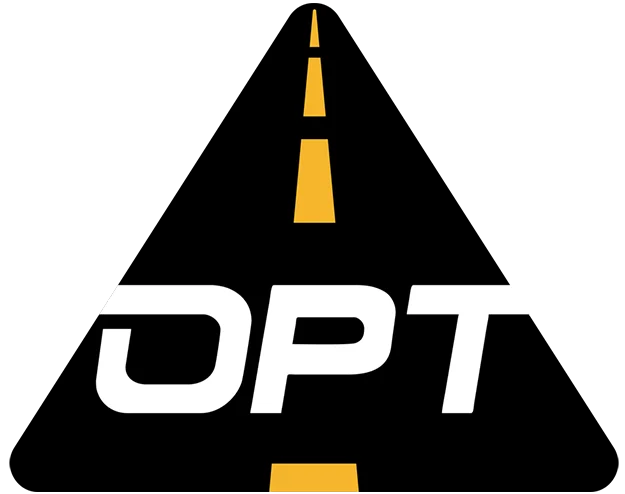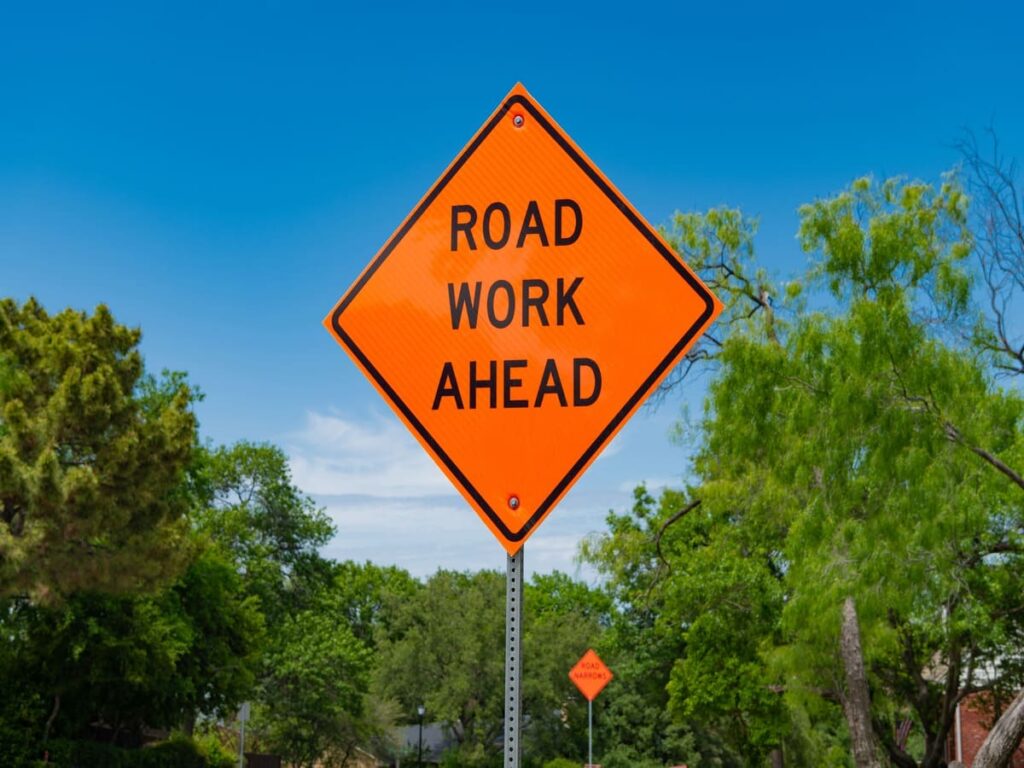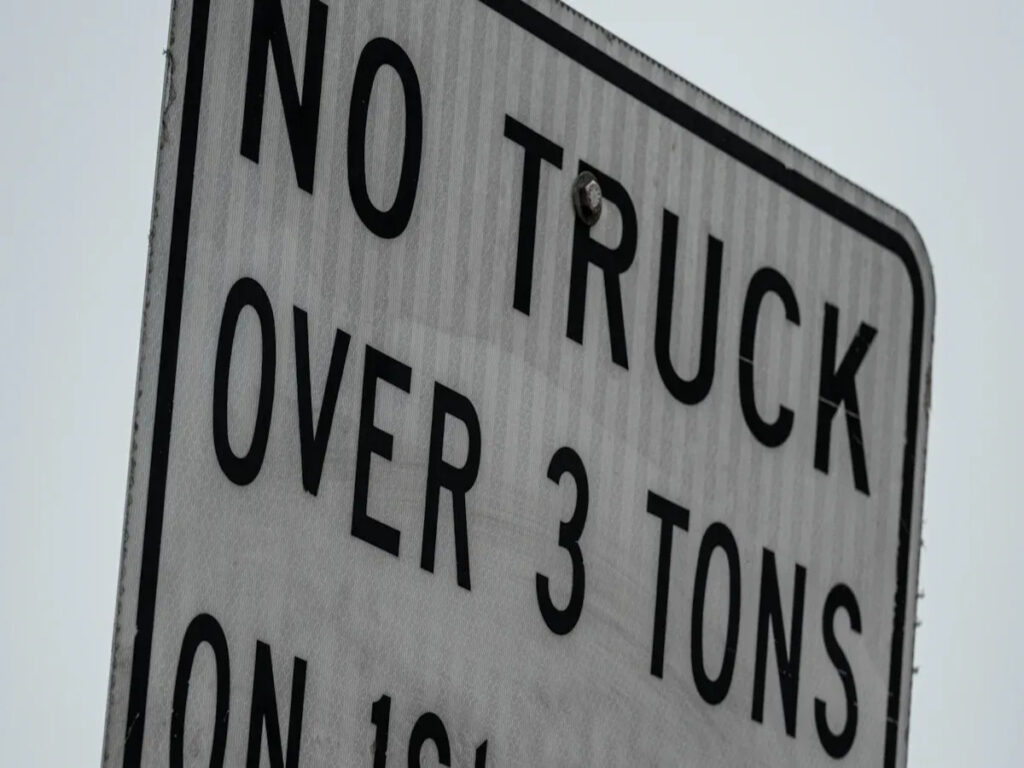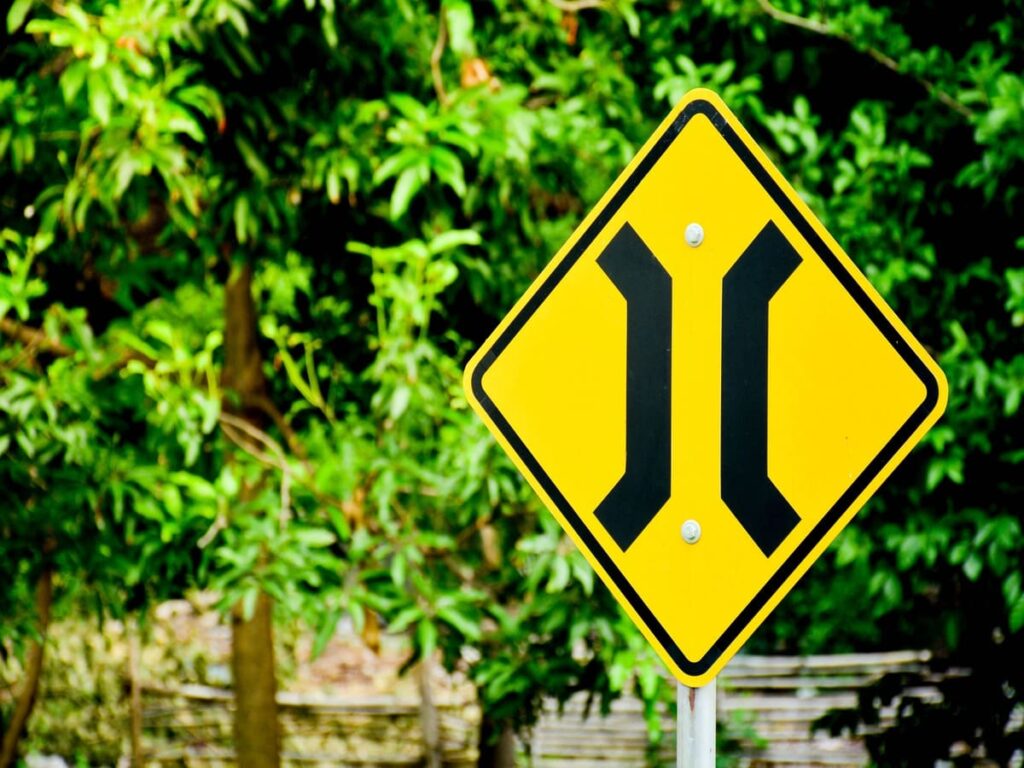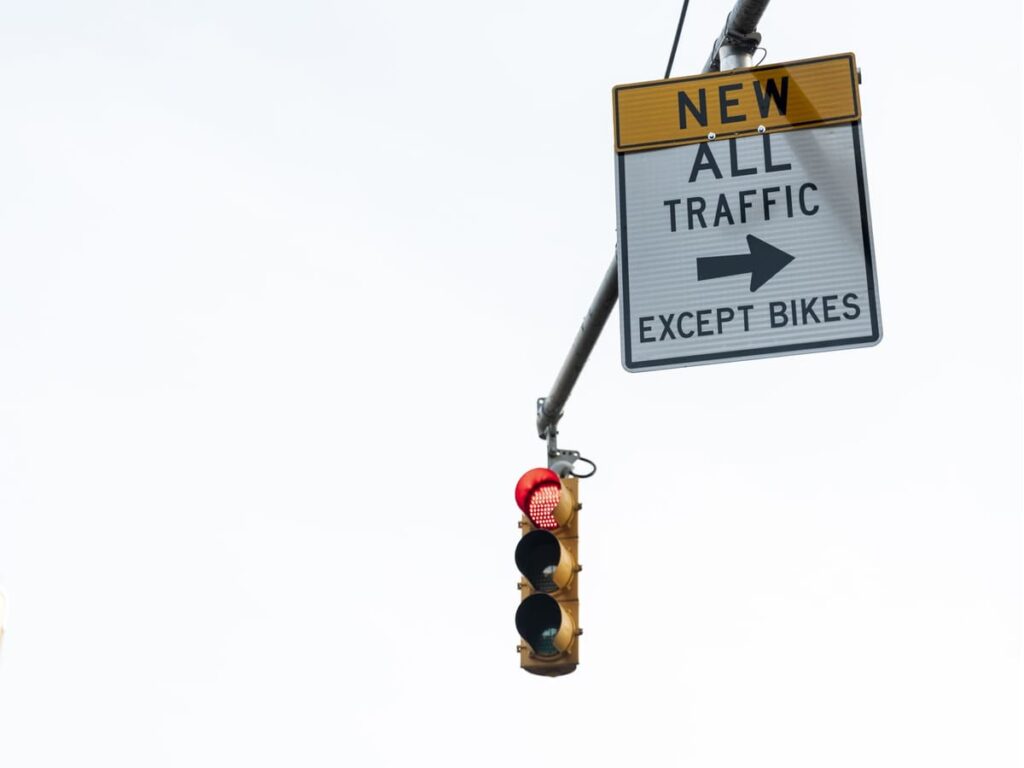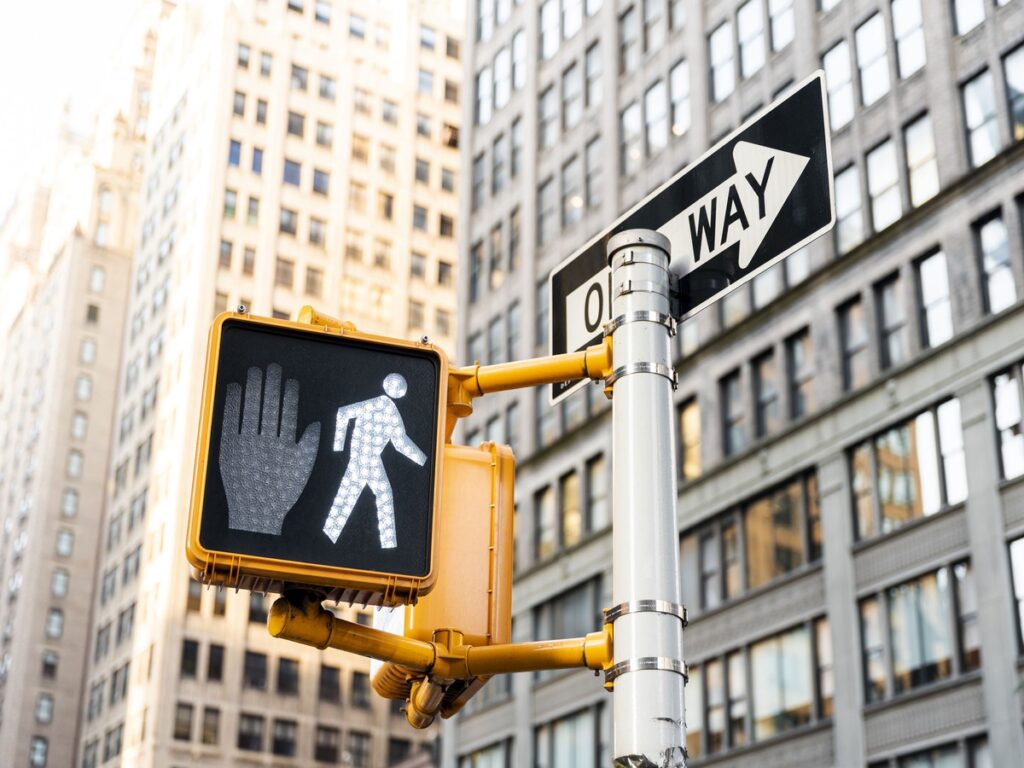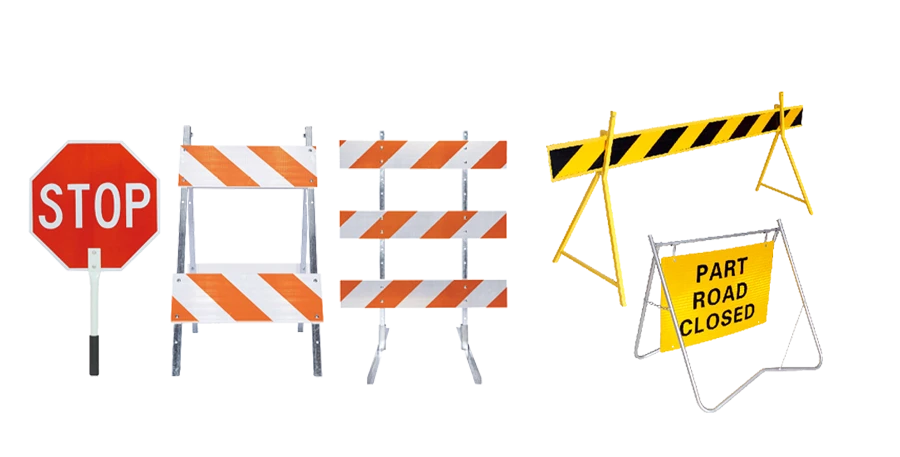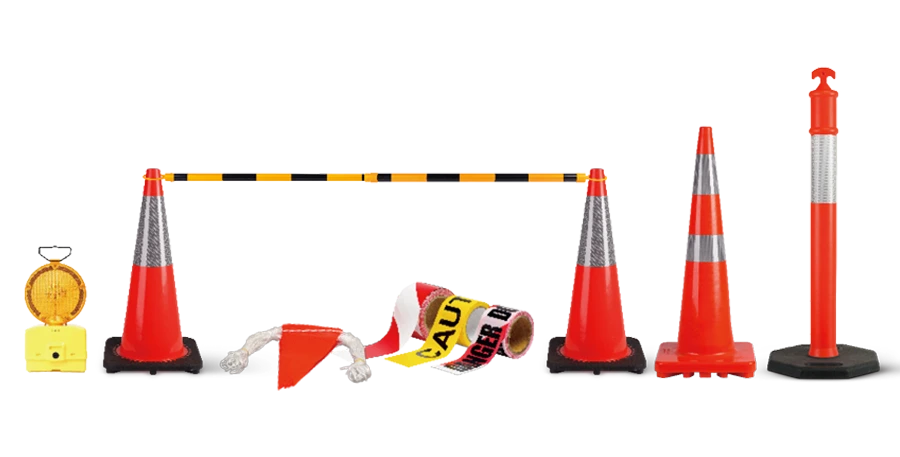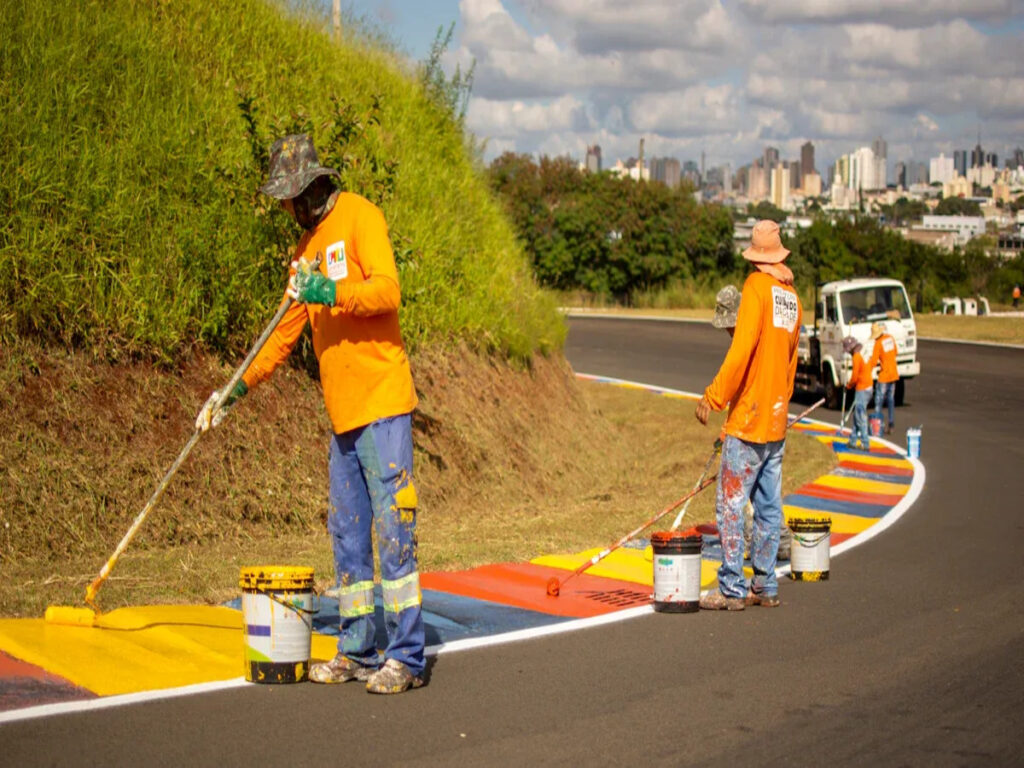
MnDOT’s new pavement marking standards change how agencies put DOT traffic signs on Minnesota roads. Clearer markings help drivers see signs better. This is important at night or when the weather is bad. Many studies show that better pavement markings can lower crashes. They also help people see the road more easily.
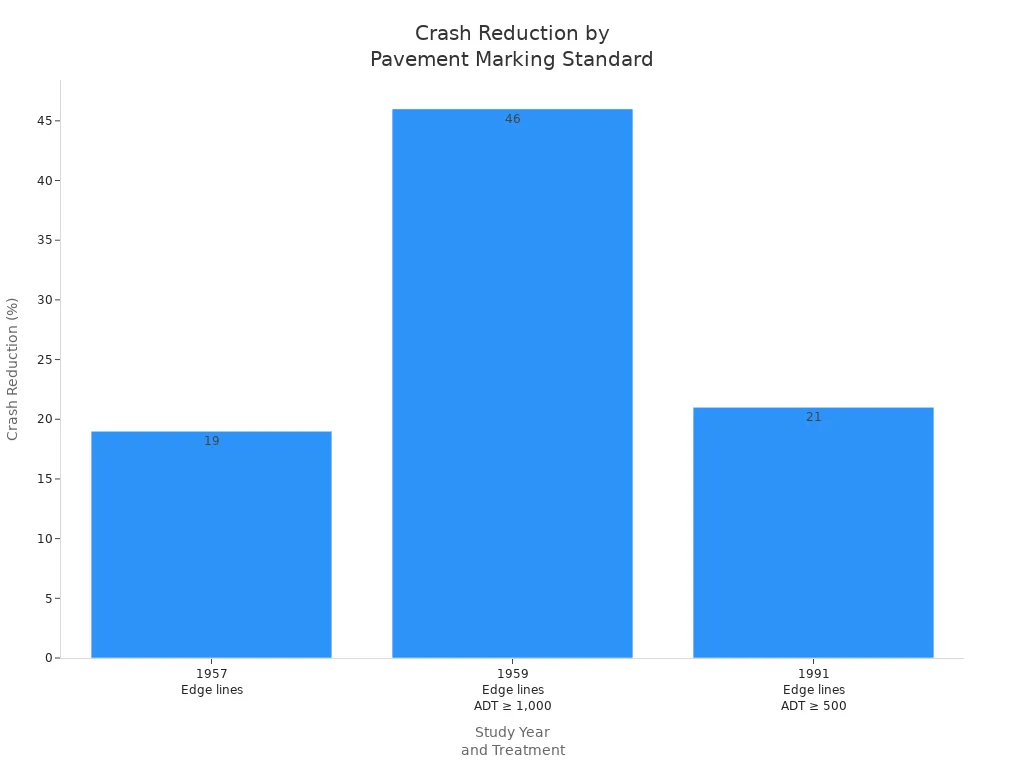
Traffic authorities know that changing sign placement for these updates makes roads safer for everyone.
オプトラフィックにて, we understand the importance of complying with these updates and ensuring that all signage meets state and federal requirements. With years of experience, OPTRAFFIC provides a range of high-quality, MUTCDトラフィックサイン that can meet the specific needs of each state.
キーテイクアウト
- MnDOT’s new pavement marking standards make roads safer. The lines are wider and easier to see.
- The new retroreflectivity rules help people see lines at night. They also help in bad weather.
- Agencies need to move traffic signs to match new markings. これにより、ドライバーは標識をよりよく見るのに役立ちます.
- Clear and steady road markings help drivers make safe choices. They also stop drivers from getting confused.
- Smart traffic systems can make new pavement markings work better. これは、すべての人にとって道路をより安全に保つのに役立ちます.
MnDOT Pavement Marking Standards and Their Impact on Traffic Management
Key Updates in Line Width, 色, and Patterns
The Minnesota Department of Transportation made big changes to pavement marking standards. These changes focus on line width, 色, とパターン. The goal is to help guide and protect everyone on the road. Center and lane lines are now wider at 6 インチ. 前に, they were only 4 幅がインチ. Lane lines are longer now, measuring 12.5 feet instead of 10 足. The space between lane lines is a little shorter at 37.5 足. Edge lines are still 6 幅がインチ. Concrete roads now use lag contrast patterns. These patterns have white and black markings to make them easier to see.
| 側面 | Current Standard | New Standard (Effective 2026) |
|---|---|---|
| Center Line Width | 4 インチ | 6 インチ |
| Lane Line Width | 4 インチ | 6 インチ |
| Lane Line Length | 10 足 | 12.5 足 |
| Lane Line Spacing | 40 足 | 37.5 足 |
| Edge Line Width | 6 インチ | 6 インチ |
| Contrast Markings | なし | Lag contrast pattern (white/black) on concrete roads |
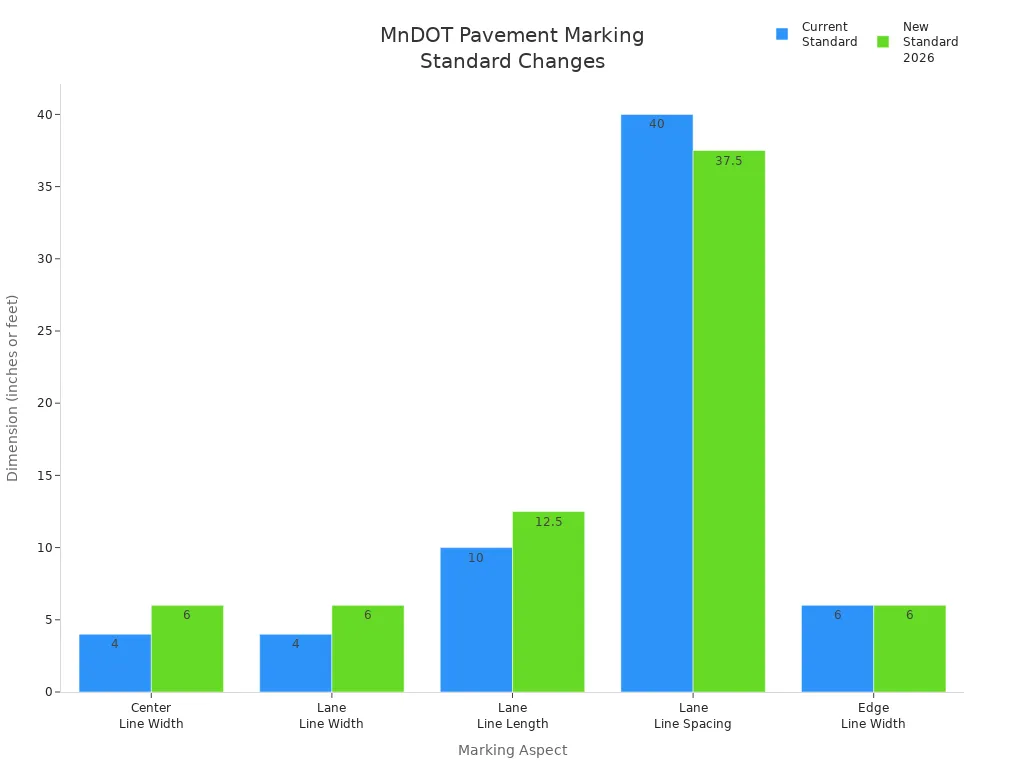
Studies show that wider lanes and double solid lines help drivers stay safe. Drivers like wider white markings and longer lane lines. These markings help drivers see lanes sooner and make fewer lane changes. The new changes follow the best ways to mark roads and manage traffic.
New Retroreflectivity Requirements for Improved Night Visibility
MnDOT now has higher retroreflectivity rules for pavement markings. These rules make sure markings are easy to see at night and in bad weather. On local and minor collector roads, white markings must be at least 80 mcd/m²/lux. Major collectors and highways need white markings at 100 mcd/m²/lux. Yellow markings also have higher minimums.
| Roadway Classification | New Minimum Retroreflectivity (mcd/m²/lux) | Previous Standards |
|---|---|---|
| Local and Minor Collector (白) | 80 | Lower than 80 |
| Major Collector and Arterial (白) | 100 | Lower than 100 |
| 高速道路と高速道路 (白) | 100 | Lower than 100 |
| Local and Minor Collector (黄色) | 65 | Lower than 65 |
| Major Collector and Arterial (黄色) | 80 | Lower than 80 |
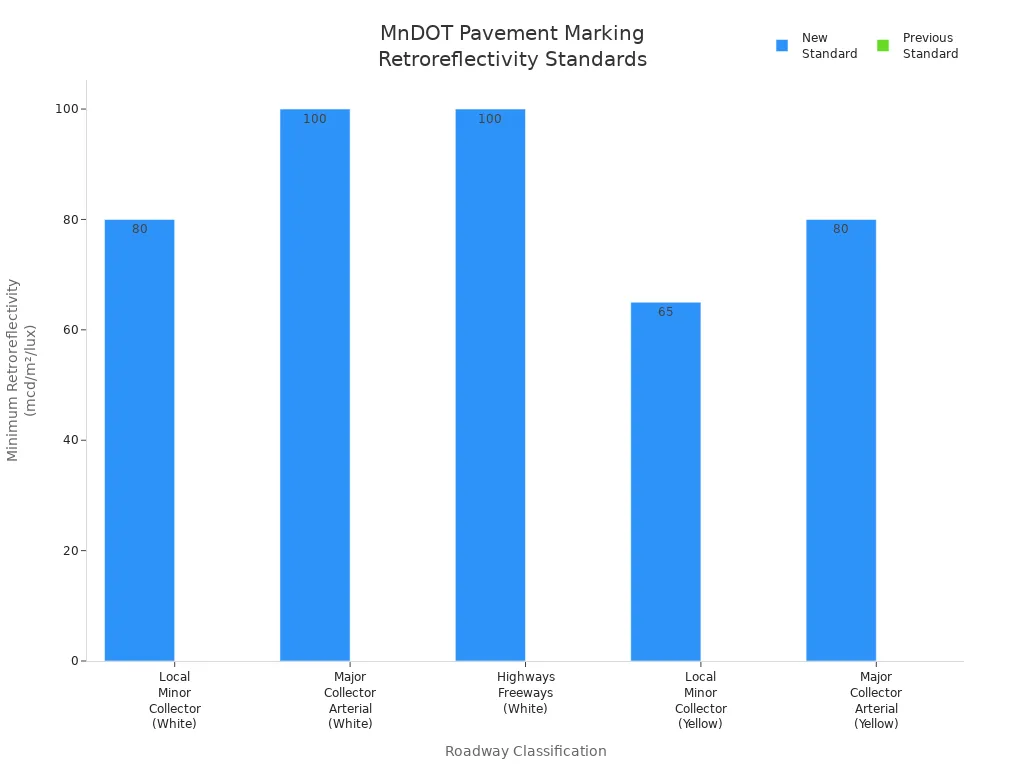
Carlson and Hawkins did a study. They found that brighter freeway guide signs helped people read them from farther away. The signs could be seen about 53 feet farther. This means better retroreflectivity helps people see at night. But it is not clear if it lowers crash numbers.
Transportation agencies say higher 折り返しを後押しします helps with safety and upkeep. The FHWA Low-Cost Safety Improvements Pooled Fund Study keeps checking if these changes lower crashes at intersections without signals.
Updated Lane Marking Patterns for Enhanced Safety
New lane marking patterns help make roads safer and traffic smoother. MnDOT suggests lane markings should be 6 inches wide and 12.5 長さのフィート. The space between markings should be 37.5 足. Some other setups use even longer markings and shorter spaces. Drivers say these are easier to see and they like them more.
| Lane Marking Configuration | 幅 (インチ) | 長さ (足) | 間隔 (足) | Preference Rating |
|---|---|---|---|---|
| Current MnDOT Standard | 4 | 10 | 40 | 低い |
| Recommended Configuration | 6 | 12.5 | 37.5 | 高い |
| Alternative Configurations | 6 | 20-30 | 15-25 | 高い |
Research shows that clear pavement markings help drivers find lanes faster. They also help drivers follow lane rules. These changes lower traffic problems and help with road maintenance. Experts agree that good signs and markings stop confusion and make roads safer for everyone.
The Impact of Pavement Marking Changes on DOT Traffic Sign Placement
Adjusting Sign Locations to Align with New Pavement Marking Standards
Traffic management groups in Minnesota look at where dot traffic signs are placed. They do this because pavement lines are now wider and brighter. Agencies move guide signs so drivers can see them better. They use high-performance 反射材. These materials help drivers see signs clearly, 忙しい道路でも. Agencies follow rules for guide signs, but some signs do not need strict checks. This lets agencies use their resources where they are needed most.
- Guide signs should be easy to read and see on busy roads.
- Agencies use reflective materials to help drivers and save money.
- Some signs do not need full checks, so agencies work faster.
The Minnesota Department of Transportation works with local groups. They change skip marks, marking widths, and dotted line extensions. These changes help keep pavement markings in good shape.
Improving Visibility and Road Safety through Strategic Sign Placement
Putting dot traffic signs in the right places helps keep drivers and walkers safe. Research shows that clear signs stop confusion and lower accidents. When signs are easy to see, drivers react faster and make safer choices. Bigger and brighter signs help drivers see them quickly and make fewer mistakes. The height and angle of signs also matter for how well drivers see them.
Clear signs help people know where to go and avoid accidents.
| 勉強 | 調査結果 |
|---|---|
| Schnell et al. | Bigger and brighter signs help drivers see them and stay safe. |
| キム等. | Letter size and layout change how fast drivers react. |
| Pan et al. | Driving faster makes signs harder to see from far away. |
| Du et al. | Fewer road names help drivers find their way faster. |
| Zhao | More words on signs slow down driver response. |
Agencies use smart ways from traffic engineering to put signs in the best spots. This helps traffic move better and keeps everyone safe.
Ensuring Compliance with MUTCD and State Regulations
All dot traffic signs and pavement markings must follow rules from the Minnesota Manual on Uniform Traffic Control Devices (Mn mutcd). The MN MUTCD gives standards for putting up, changing, and taking care of signs and markings. The City Council, mndot, and Clay County all help place and keep these devices working. Pavement markings must stay easy to see and shiny, even in winter and after repairs.
For new and replacement regulatory signs, agencies use ASTM Type XI sheeting for some signs. They use ASTM Type IV as the lowest standard for other signs. These steps help agencies follow MN MUTCD and state rules. This keeps roads safe and helps manage pavement markings well.
Coordinating Pavement Markings with Traffic Sign Placement for Optimal Safety
Seamless Integration of Road Markings and Traffic Signs to Enhance Safety
Transportation agencies know that using pavement markings and dot traffic signs together makes roads safer. When signs look the same and road lines are clear, drivers know where to go. This helps them see lanes and important spots on the road. Agencies use the best ways to build safe roads and make sure people follow traffic rules. They also talk to the community to get ideas. These actions help everyone, including people walking, find their way.
| 側面 | 説明 |
|---|---|
| Standardization of Signs | Makes sure traffic signs look and mean the same everywhere. |
| 道路マーキング | Makes road lines clear and easy to see for all drivers. |
Research shows STOP AHEAD pavement markings help drivers notice intersections. Studies in Arkansas and Maryland saw fewer crashes after these markings were added. STOP AHEAD pavement markings can lower crashes by at least 15%.
Real-World Case Studies: Adapting to New Marking Standards
Cities that changed pavement markings and sign placement made roads safer. Good signs and clear lines help drivers make better choices. Meeting retroreflectivity rules is important for safety. Research says bad road signs can make crashes go up by 25% for damage and 34% for injuries or deaths. Poor signs cause more accidents, especially in places still growing.
| 州 | クラッシュタイプ | 衝突削減 (%) | 信頼レベル |
|---|---|---|---|
| Arkansas | Right-angle | 重要な | 95% |
| Arkansas | Rear-end | 重要な | 95% |
| Combined | Injury crashes | 重要な | 90% |
Using STOP AHEAD pavement markings lowers total and injury crashes at intersections without signals. These new ways help keep people safe and make traffic work better.
Leveraging Smart Traffic Systems to Support Pavement Marking Changes
Transportation agencies now use smart traffic systems to help with new pavement marking rules. Cyclomedia’s technology checks the condition of traffic signs and road lines. This helps agencies fix things and plan repairs. ORNL engineers put small sensors in raised pavement markers. These sensors tell cars about the road’s shape. Chip-enabled markers help cars drive better and save energy.
Smart road marking technology uses AI, IoT, and special reflective materials to make roads safer and traffic smoother. 米国. Department of Transportation works on connected vehicles and new road features. These include better pavement markings that warn drivers about dangers. These tools help keep roads up to date and support new research in road safety.
MnDOT’s pavement marking standards affect where agencies put DOT traffic signs. Agencies must check sign placement often. 天気, スピード, and driver age change how well people see signs.
| 要素 | How It Changes Sign Placement |
|---|---|
| Driver Age | Older drivers need brighter signs |
| 気象条件 | Fog and rain make signs harder to see |
| 道路速度 | Fast roads need signs seen sooner |
Agencies should:
- Mark roads during building to keep people safe.
- 強い使用, easy-to-see markings all year.
- Teach workers and get better tools for checking signs.
New smart markings will help make sign placement and road safety better.
よくある質問
What are the main changes in MnDOT’s pavement marking standards?
The Minnesota Department of Transportation (mndot) has updated its pavement marking standards by widening lane lines and modifying marking patterns to improve driver visibility and safety. These changes include stricter retroreflectivity standards to enhance the visibility of markings at night and in poor weather conditions. These improvements aim to reduce accidents and help drivers navigate more safely, particularly under challenging driving conditions.
How do new pavement markings affect traffic sign placement?
As a result of these updates, agencies must reposition traffic signs to align with the newly established lane markings. Proper sign placement ensures maximum visibility, helping drivers adhere to traffic regulations and avoid confusion. Effective sign positioning not only boosts compliance with traffic laws but also minimizes accidents by enhancing road signage clarity.
Why is retroreflectivity important for road safety?
Retroreflectivity plays a critical role in road safety by making pavement markings and traffic signs more visible at night and during inclement weather. By reflecting light from vehicle headlights back to the driver’s eyes, retroreflective materials help drivers recognize lane boundaries, 警告サイン, and other critical road information from a greater distance. Studies indicate that roads with properly retroreflective markings see fewer night-time accidents and collisions.
How do agencies ensure compliance with MUTCD and state rules?
To ensure compliance with the 均一な交通制御装置のマニュアル (mutcd) and state-specific regulations, agencies follow strict guidelines for selecting appropriate materials and designs for traffic control devices. Regular inspections and evaluations of sign placement and condition are carried out to maintain road safety. さらに, agencies are required to adapt to any changes in legal requirements, such as updated retroreflectivity standards, to avoid penalties and ensure public safety.
How can OPTRAFFIC help my agency comply with these standards?
OPTRAFFIC offers a comprehensive range of high-quality, MUTCD-compliant traffic signs. Whether you need stop signs, 学校ゾーンサイン, speed limit markers, or regulatory signage, OPTRAFFIC provides reliable and durable products that ensure your agency is fully compliant with the latest regulations. Our signs are designed to withstand tough environmental conditions, offering long-lasting performance that enhances safety and reduces maintenance costs.
Looking to upgrade your traffic signage? Explore OPTRAFFIC’s wide selection of MUTCD traffic signs today and ensure your roadways are safer and more efficient. Contact us now for expert recommendations and wholesale pricing!
